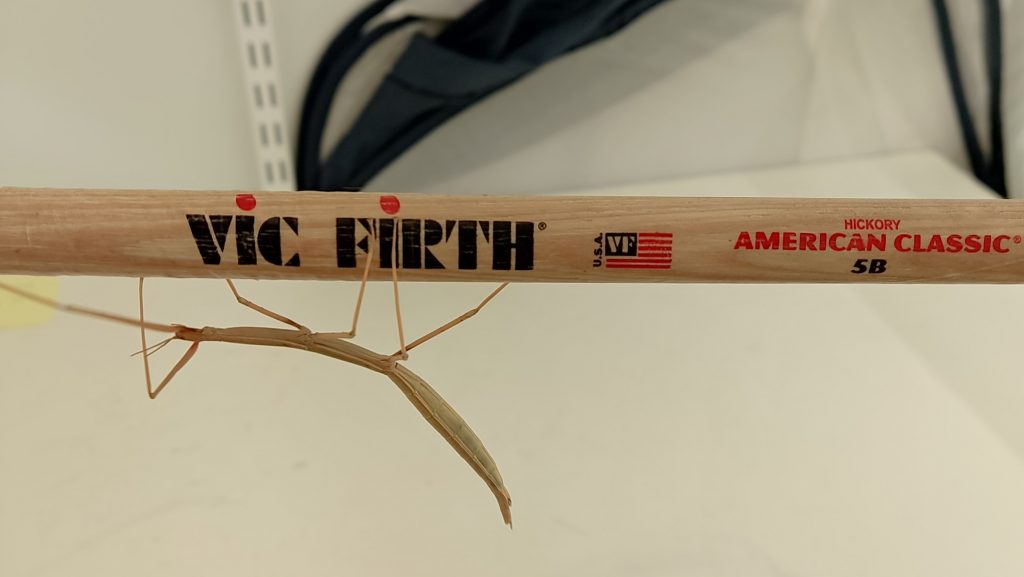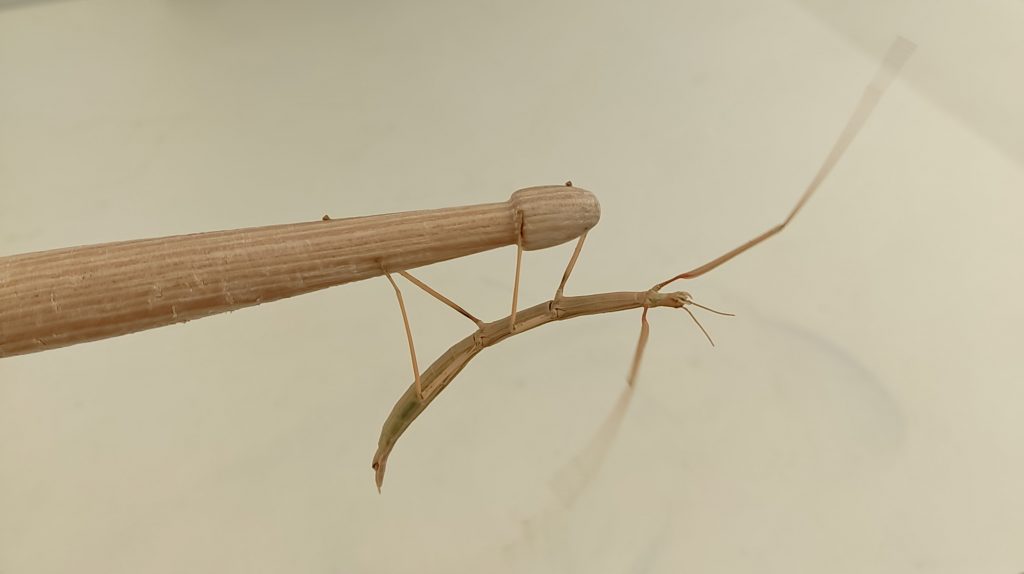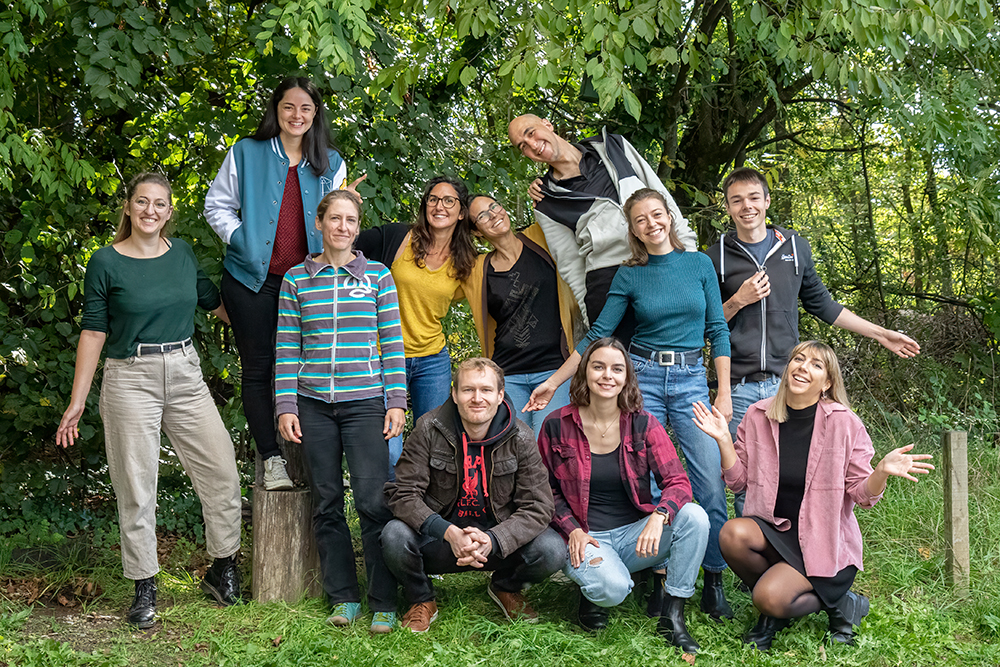

The stick insect is named after its unique ability to perfectly blend into its natural habitat.

Our very cool research group, led by Tanja Schwander! (the guy in the leather jacket sitting in the middle is me)
About me:
I am an evolutionary biologist interested in the molecular innovations that underlie the origin of complex traits and how novel traits in turn impact the evolution of the genome. I currently study the origin and genomic consequences of alternative reproductive strategies in non-model organisms (stick insects & oribatid mites) using mainly genomic and transcriptomic approaches. I regularly work in the field, in the lab, and with the command line and I enjoy working with students and my colleagues towards a common goal.
About my current work:
There are many strategies to reproduce and each strategy has its pros and cons. While these pros and cons have been studied thoroughly in the past (e.g. by me 😉 see Publications), the evolutionary innovations underlying their origins remain pretty elusive.
My current work as an MSCA fellow at the Department of Ecology and Evolution at the University of Lausanne in the group of Tanja Schwander aims to uncover the proximate causes of alternative, i.e. non-sexual, ways to generate offspring. For this, I have established Bacillus stick insects as a new model organism at the DEE. Bacillus stick insects are especially well suited to study the origin of alternative reproductive strategies because they comprise closely related lineages that utilize various alternative reproductive strategies including obligate and facultative parthenogenesis, hybridogenesis (explained here: doi.org/10.1016/j.cub.2018.11.046) and androgenesis (here: doi.org/10.1098/rstb.2015.0534).
Some hybrid lineages of Bacillus are particularly curious because they have retained a perfect F1 hybrid state through parthenogenetic or hybridogenetic reproduction. This allows me to investigate how hybridisation per se can cause transitions between reproductive strategies, e.g.: what is the role of gene expression regulation and alternative splicing in newly formed hybrids? Is there an impact of (mito-nuclear) incompatibilities?
Besides, I am currently elucidating the genomic substrate for maintenance and diversification of ancient asexual oribatid mites with Jens Bast (sex-lab.org).